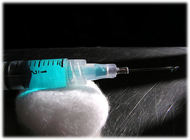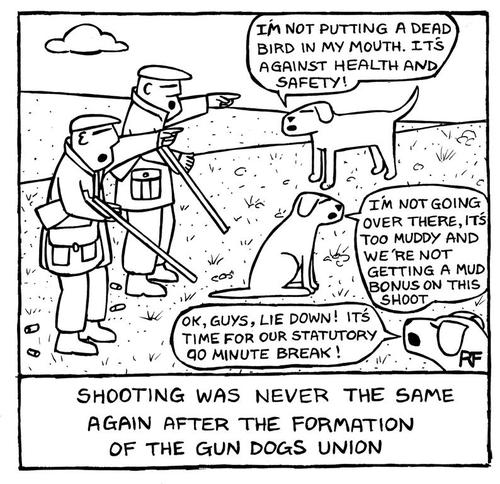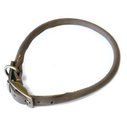This is an easy-to-take basic step to take in order to minimise any difficulties with your dogs if they are left at home and if you are unlucky enough to be involved in an RTA (road traffic accident) I have one of these emergency cards clipped to the sun visor in each of my two vehicles and there is another copy prominently displayed on the pin board in my kitchen.
Click here EMERGENCY NOTICE to view and download the card. It is designed to be printed on one side of an A4 sheet, folded in half and laminated, and displayed in your car. The table is an MS Word .doc so you can delete the guide text and type in your own information.
This card is also useful if you have one dog with you in the vehicle, but another (or others) left behind at home.
It takes only a short time to take this precaution and it could eliminate a lot of stress for your dogs if there is no one else at home to look after them.
Click here EMERGENCY NOTICE to view and download the card. It is designed to be printed on one side of an A4 sheet, folded in half and laminated, and displayed in your car. The table is an MS Word .doc so you can delete the guide text and type in your own information.
This card is also useful if you have one dog with you in the vehicle, but another (or others) left behind at home.
It takes only a short time to take this precaution and it could eliminate a lot of stress for your dogs if there is no one else at home to look after them.





 RSS Feed
RSS Feed
